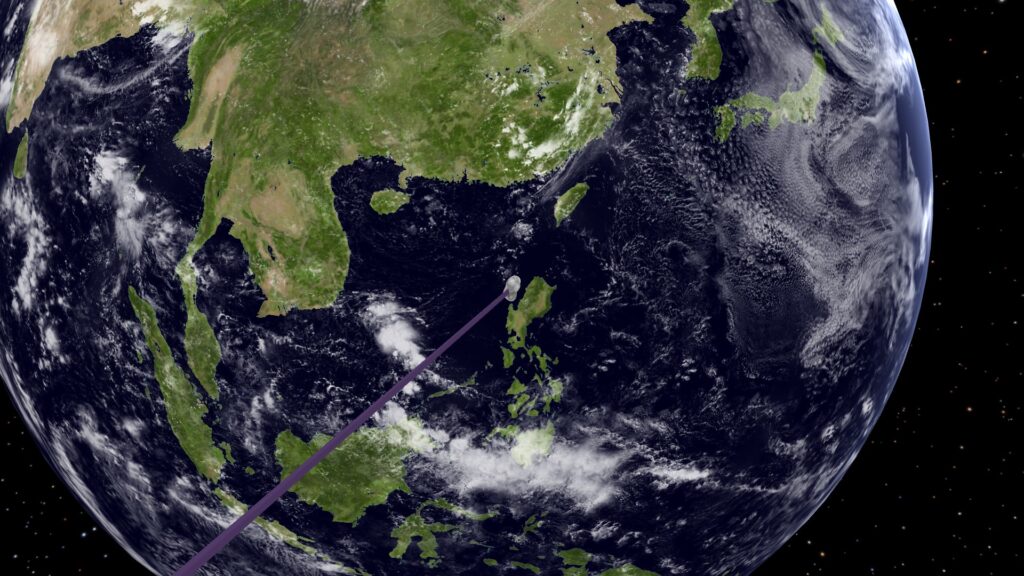This video tells about asteroid Cruithne. Due to the peculiarities of the asteroid orbit, it can be considered a quasi-satellite of the Earth. The animation clearly shows this. If you place our planet in the center, then the asteroid rotates around it, as if it is its satellite. Although it is obvious that Cruithne actually orbits the Sun, sometimes experiencing only small gravitational perturbations from the Earth.
Asteroid Cruithne was discovered in 1986. Although it later turned out that its orbit coincides with the orbit of another asteroid discovered in 1983. Cruithne was named after the first Celtic tribes who lived in ancient Ireland. The asteroid orbit around the Sun is quite elongated and inclined to the plane of the Earth orbit. It crosses the orbits of Venus, Earth and Mars. It has hardly changed over the centuries. The diameter of Cruithne is about two kilometers. It does not pose a hazard to the Earth, as it does not have close approaches to our planet.
In the middle of the 19th century, Cruithne trajectory relative to the Earth looked the most bizarre. Currently, asteroid Kamoʻoalewa, a quasi–satellite of the Earth, has a similar trajectory. Also asteroid 524522 (2002 VE68), a quasi–satellite of Venus, is moving in a similar way relative to Venus. From some angles, this trajectory resembles limaçon. From another angle, it looks like a trefoil.
The trajectories of the planets in the geocentric system look loopy. The intricate trajectory of the Cruithne in the same system turns out to be almost closed. This is due to the fact that the period of the asteroid orbit around the Sun practically coincides with the period of the Earth orbit. Due to Cruithne elongated orbit, it moves noticeably faster when it is closer to the Sun. Therefore, in the process of its motion, it sometimes overtakes the Earth, then lags behind it. Due to the inclination of the Cruithne orbit relative to the Earth orbit, when moving, it rises above the plane of the Earth orbit, then falls under it. All together, this leads to the fact that the trajectory of the Cruithne relative to the Earth turns out to be very complex and bizarre.
When watching the video, you may notice that the asteroid trajectory is not completely closed. At each turn, the Cruithne shifts slightly relative to its previous year’s position. This is due to the fact that the period of the asteroid orbit is still slightly different from the period of the Earth.
Throughout the 19th and 20th centuries, Cruithne trajectory relative to the Earth alternately contracted and expanded again. At the time of the discovery, the trajectory from some angles resembled a giant elongated figure Eight. Currently, the asteroid is moving in its orbit around the Sun, mostly being very far from the Earth. Most of the time it is on the other side of the Sun. From 2200 to 2300, Cruithne trajectory relative to the Earth will slowly shrink, but it will never shrink to the size it was in the 19th century. After 2300, the trajectory will slowly expand again, after which it will stabilize.
Modeling and rendering were performed by author of this publication using own software. The calculations took into account the mutual influence of the Sun, all the planets of the Solar System, the Moon and the asteroid on each other. Relativistic effects were also taken into account in the calculation.
The track Nowar by Koi-discovery sounds in this video. This track was not changed. CC0 1.0 Universal (CC0 1.0) Public Domain Dedication license.





